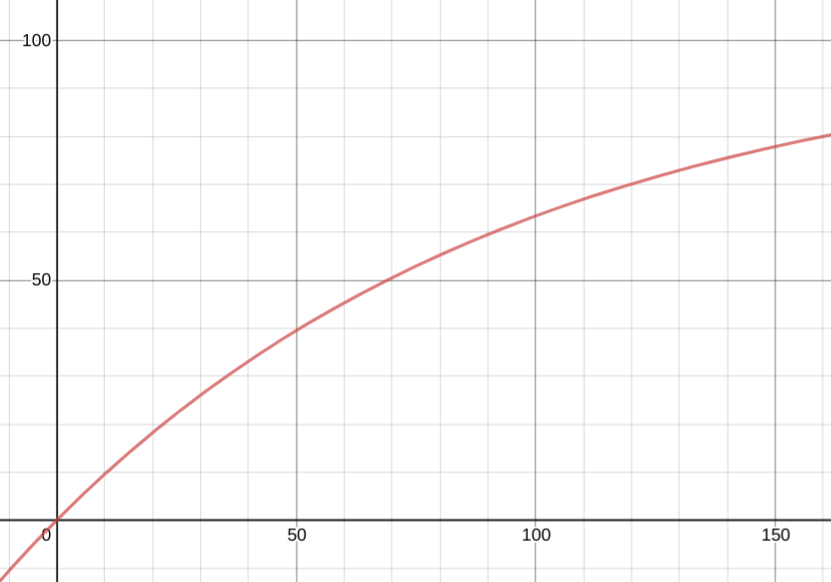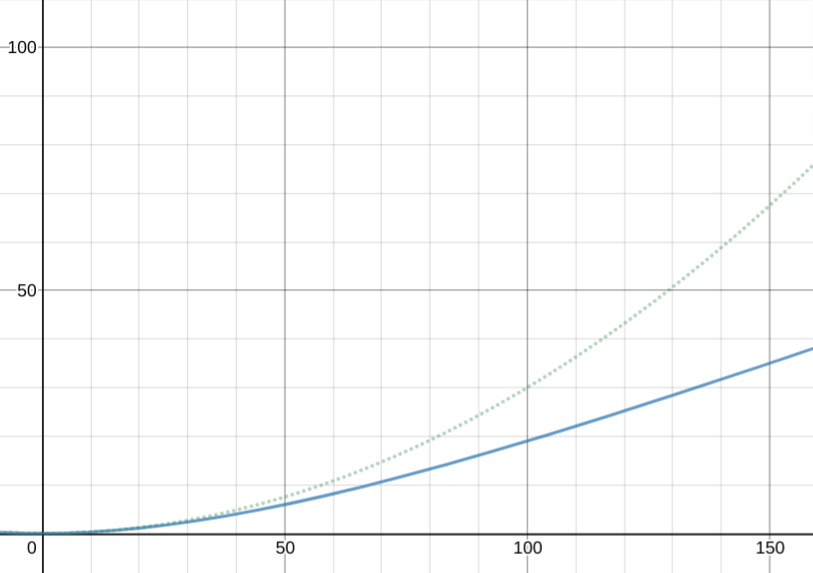I recently realized a very simple, almost obvious bias, that I had because I never thought more about it. Moreover, quite a lot of people have this bias too.
What is worse in time of pandemic - to increase the number of your contacts from 0 to 1 or from 99 to 100? Intuitively, since we perceive many quantities on a logarithmic scale, the first thing is much worse. I heard multiple times something like: "I am already doing this and this and that because I have to, so it does not make sense for me to decrease my shopping", or "My roommate (spouse, child...) does not care about this at all, so it does not make sense for me either".
However, this is simply not true. If I care solely about myself, increasing the number of contacts increases the probability to get sick linearly - no logarithmic scale. But if I also care about other people (my contacts, yes), then we have linear growth of probability to become a spreader, and linear growth of the group to whom I can spread, thus leading to quadratic growth of the total expected damage to society.
So, if I have quite a lot of contacts already, I should be much more cautious about adding more than if I have almost none. It sounds so trivial right now - yet so many times I have heard the opposite advice.


Maybe the bias comes from the perception that the unknown risk has to be either very low or very large. It would make sense, for example, for low risks such as getting hit by a lightning.
Let us suppose that I am willing to tolerate a certain maximum risk, say <1%.
I do not know the real risk of interacting with people, but I want that Nx < 0.01 (if linear), where N is the number of contacts and x is the unknown risk per contact.
Now, if I am already willing to meet 99 people, this means that I am guessing x < 0.01 / 99.
I would accept to increase to 100 if x < 0.01 /100. Not wanting to meet 100 people when you already meet 99 means estimating that
0.01 /100 < x < 0.01 / 99
which would be a weirdly precise claim to make.
On the other hand, if I am wrong in estimating x < 0.01 / 99, it may be that x>0.1, for example, and then we are outside the linear regime, and the risk of 99 is very similar to the risk of 100 (as they are both close to 1).
Of course this heuristic fails if the unknown risk is in at intermediate scale probability, neither evident neither extremely low (like in the case of covid).